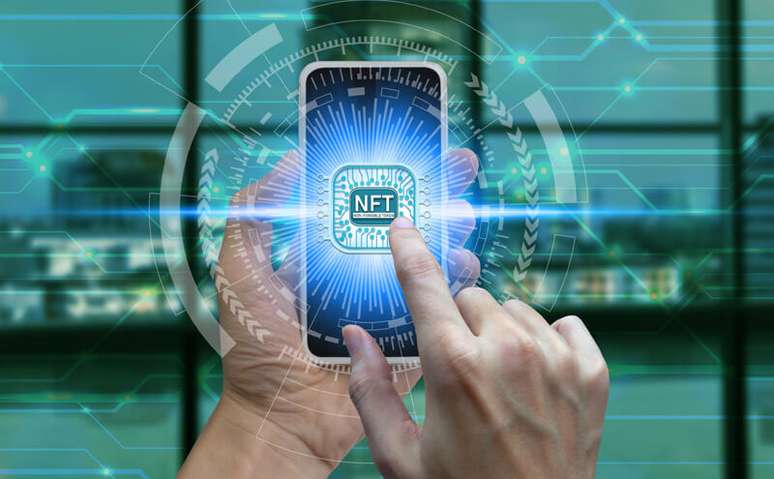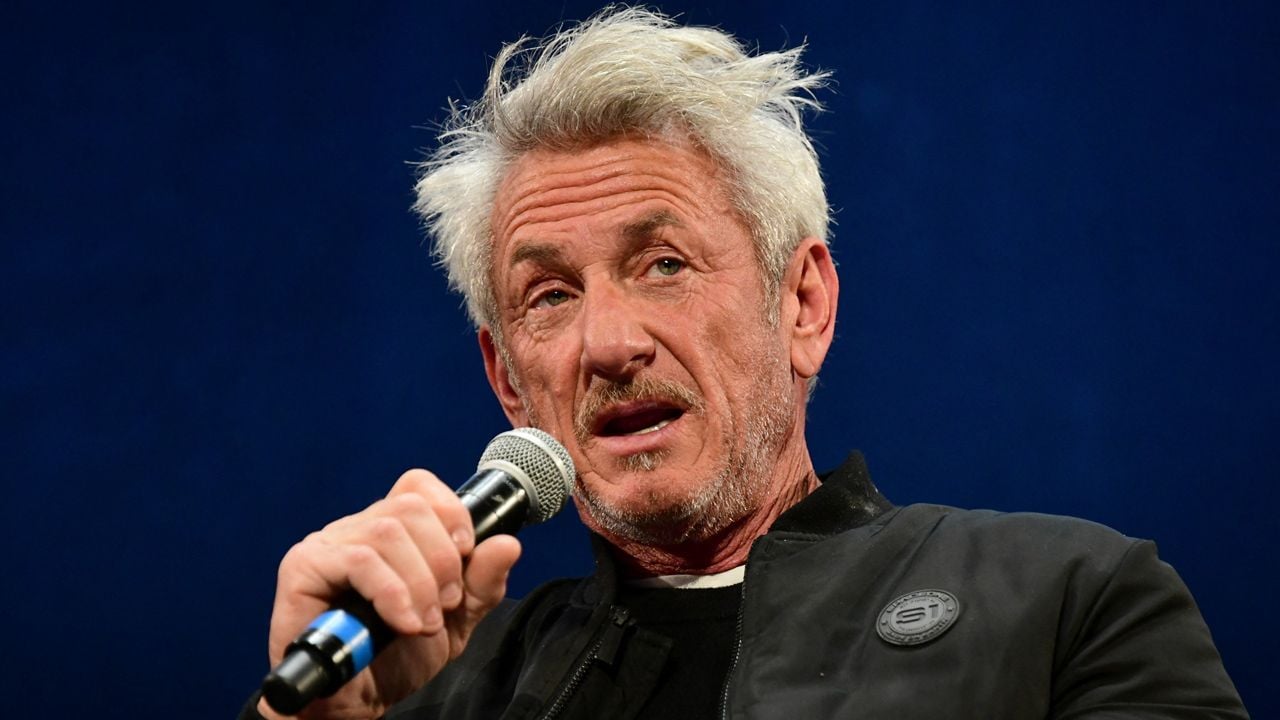The digital real will allow the population to transform their money deposited in the bank into tokens for digital transactions
Digital, cryptoactive or virtual assets – call them what you want – are already part of our daily lives and will become more and more in the coming years. Digital assets are any assets of some value that can be stored, managed, transferred or traded electronically.
In the financial universe, digital assets are shares, cryptocurrencies, investments and NFTs (in free translation: non-fungible tokens), the latter created to represent a real object and, like cryptocurrencies, based on blockchain technology and unique and irreplaceable data.
Tokens are divided into fungible, which, like money, can be replaced by others, and non-fungible, which means they are unique and exclusive and cannot be reproduced – as is the case with works of art. Speaking of them, it is possible, in seconds, to transform them into NFTs and, from there, monetize them.
The NFT, which represents the digital version of the artwork, becomes the exclusive property of whoever purchased it and guarantees, like a certificate of authenticity, that the object is the original. This reasoning also applies to real estate, whose ownership can also be converted into non-fungible tokens.
The power of cryptocurrencies and NFTs
Cryptocurrencies and NFTs are among the most used digital assets at the moment, but others will come in force, such as tokenized deposits, which will be implemented by financial and payment institutions authorized by the Central Bank of Brazil. A lot can already be tokenized, i.e. transformed into a digital representation.
One of the objectives of this conversion is to facilitate the negotiation of an asset, which, as we have seen, can also be real estate or a financial product. These tokens can cover an entire asset – 100% ownership, for example, or a certain investment – or a fraction of it – multiple owners of the same property, with tokens representing these different portions of ownership.
Your bank deposits can also be tokenized. The president of the Central Bank, Roberto Campos Neto, said that the digital real will allow tokenized deposits, which can initially be used to invest in federal government bonds, which will undergo the same process.
Is it difficult to visualize? Suffice it to say that the balance you have in the bank can be converted into a token to carry out transactions in a digital environment, starting with the possibility of investing in federal public debt securities. Of course, all this dynamics will be controlled by the Central Bank to avoid systemic risks and the consequent collapse of the financial market, as reported by the institution itself.
These deposits will be made possible by its own currency: the digital real, which is a CBDC (Central Bank Digital Currency). Unlike cryptocurrencies, CBDCs have a central regulatory authority, which, in Brazil, will be the BC, thus ensuring the security of transactions.
Democratizing access to investment
Anyone can enter this tokenized federal government bond platform to acquire a fraction of it, however small, thus democratizing access to this investment.
“It will be possible to invest very low values, such as five reais, without, therefore, the requirement of high contributions, since, with tokenization, the asset can be divided into many parts, thus allowing the participation of investors with different income profiles”, observes Thamilla Talarico, lead partner of blockchain and digital assets at EY Brasil.
In practice, the Central Bank, with real digital and the tokenization of deposits, is stimulating market competitiveness, making room for new products and services that can be offered not only by traditional financial institutions but also by new players.
“It is as if the BC were calling on market operators to test these innovative systems, with the ever-present concern of mitigating the risks, because the BC’s role is to regulate, not to innovate”, explains Talarico.
The expectation is that real digital will be available in 2024.
Payment issued only between authorized institutions
The digital real will only be used wholesale, i.e. it will only be operated by authorized financial and payment institutions. It will also function as a large-scale PIX, which will provide instantaneous transfers of large values between them.
“This means that the citizen will not touch the Brazilian CBDC, which will only run between legal entities and any regulators,” Talarico points out. “What will reach the population will be the tokenized deposit. This means that the deposited money will be converted by the banks into tokens at the request of the customer interested in this conversion. Thus, the citizen will indirectly use the digital real through a virtual wallet of a bank or payment institution with tokenized deposits to carry out certain types of transactions supported by our digital currency”.
billionaire market
The global tokenization market is expected to reach over $13 billion by 2030, an annual growth of 19.7% from 2023 to 2030, according to a recent report by US intelligence firm Meticulous Research. The growth is mainly attributed to the expansion of digital payment methods and the significant increase in e-commerce fraud, which results in huge losses for businesses and consumers.
Source: EY Agency
Source: Terra
Rose James is a Gossipify movie and series reviewer known for her in-depth analysis and unique perspective on the latest releases. With a background in film studies, she provides engaging and informative reviews, and keeps readers up to date with industry trends and emerging talents.







